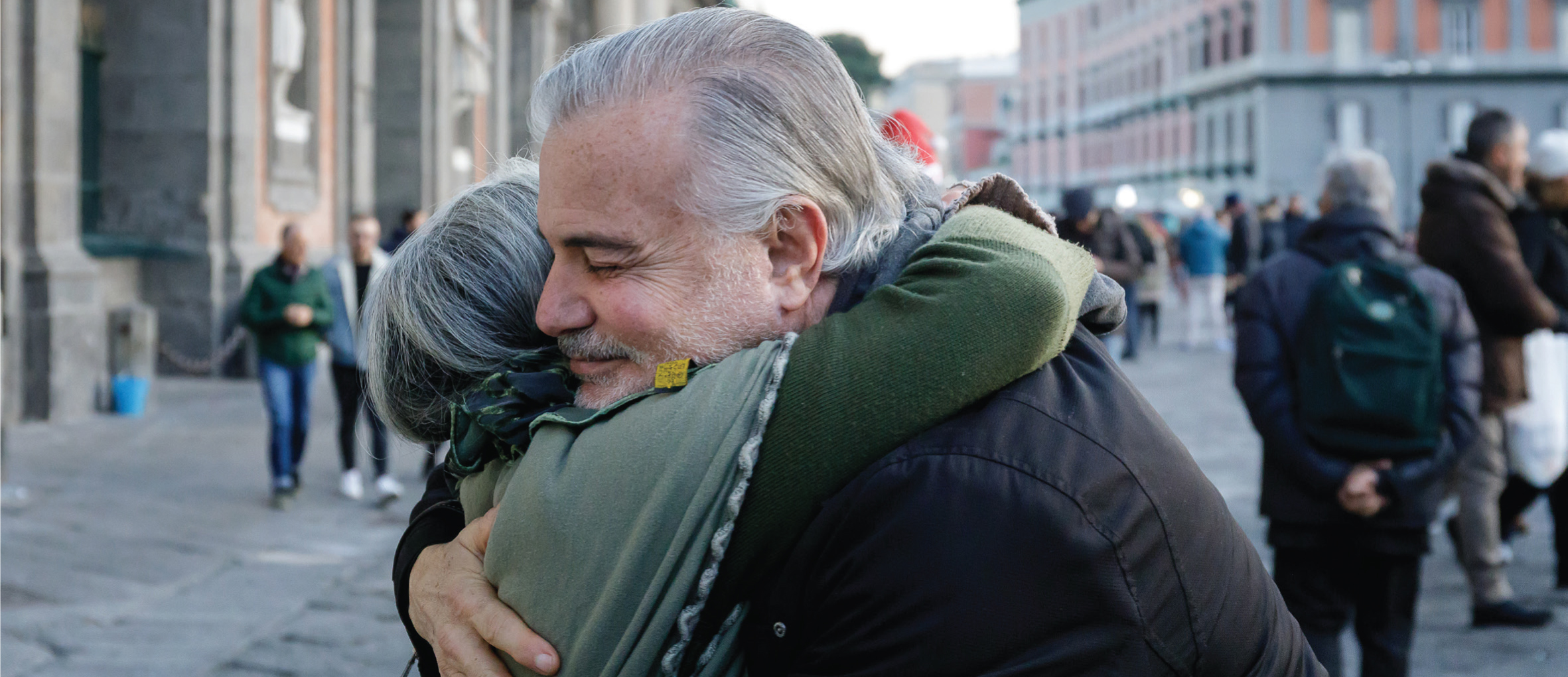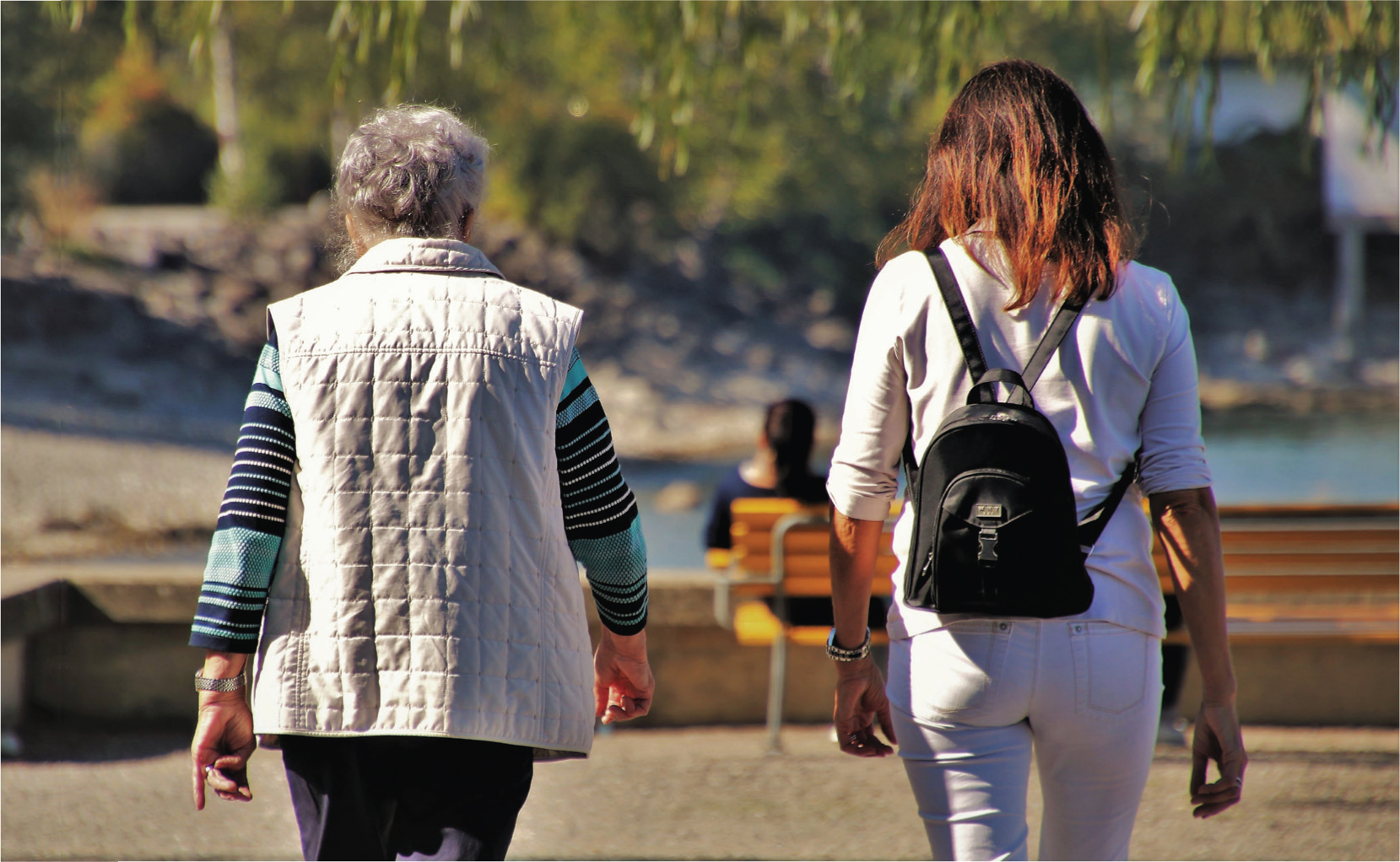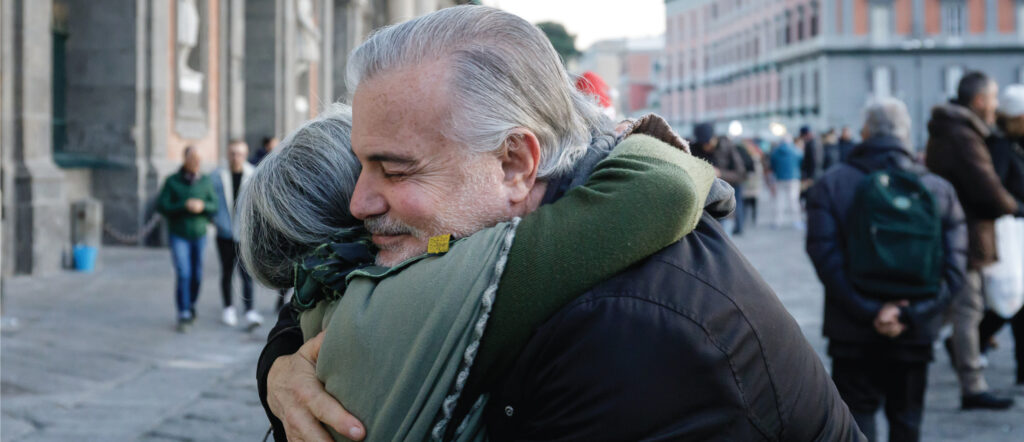Balancing caregiving between generations
Chances are you know someone who consistently provides care for a family member. Perhaps that’s you. Either way, you’re not alone.
If you’re a caregiver, it’s also very possible you’re a member of the “sandwich generation” — people who balance their time between caring for a spouse or child as well as for a parent.
As people live longer and the population ages, the number of adults in the sandwich generation has also risen significantly. A Pew Research Center study in late 2021 found that adults in their 40s and 50s are most likely to have a child younger than 18 still living at home as well as a parent aged 65 or older.
“Being a caregiver — whether for a child with disabilities or an older adult — may present challenges in adapting or finding resources,” says Greg Link, director of the Office of Supportive and Caregiver Services with the U.S. Administration on Aging. “When you are both caring for an older adult family member with medical or health issues and a child with disabilities, the dynamic shifts, and often the caregiving responsibility falls to one family member, often women.”
Every situation is different, just as every family is different, but having open and candid discussions, particularly long before they are necessary, will help manage expectations, help define responsibilities within the family and give maximum consideration to the people who need the care.
Regular check-ins with the caregiver — and, of course, with the loved one — through visits and/or phone calls can help relieve a caregiver’s feelings of isolation or loneliness as well as the handling the day-to-day challenges of ongoing care.
According to the Centers for Disease Control and Prevention, on average, family caregivers spend more than 57 hours each week caring for someone who is disabled or living with limitations. That’s more than eight hours a day — all on top of work and other responsibilities — so it’s easy to see why many caregivers can feel overwhelmed.
“Caregivers often forget about themselves and their own needs, especially if they don’t have a supportive and engaged network — including family — who checks in with the caregiver regularly and can be available to help,” Link says. “More often than not, when the caregiver is doing a good job, people don’t volunteer to help.”
Link encourages families to help each other. He says to be specific and start with simple tasks such as preparing a meal and sharing it with the family, the person receiving care and the caregiver. It will encourage conversation and quality time.
Respite takes many forms — taking a break for a few hours, a few days or several weeks; bringing in a professional or trained aid to assist with care; and asking a family member to prepare a meal and stay to enjoy it — and the options for how to spend this time are diverse.

“It’s best to be prepared, do some initial research … and talk about how your family can be ready to provide the utmost care and support for your loved ones.”
– Greg Link Director of the Office of Supportive and Caregiver Services with the U.S. Administration on Aging
The National Respite Network, archrespite.org, can connect caregivers to organizations in every state that provide access to respite services. This could include temporarily hiring and paying for a professional caregiver or finding home-care options. It offers specific steps to identifying the type of respite that is best for the primary caregiver.
A number of local, regional and national organizations offer information and support for caregivers as well as providing help for the person being cared for. Area Agencies on Aging, local departments of human or social services, area Easterseals organizations and the Centers for Disease Control and Prevention are ideal places to start.
The Eldercare Locator is one of the best places to learn about resources for older adults and their family caregivers. A public service of the Administration for Community Living, it connects people via ZIP code search to aging and disability resource centers, state units on aging and local area agencies on aging.

“The Eldercare Locator is comprehensive, and it provides broad-based resources to assist caregivers, family members and care receivers,” Link says. Funded by the U.S. Administration on Aging, part of the Administration for Community Living, it maintains a current database that provides information for older adults and caregivers about eldercare facilities and resources across the country. Website links assist with information about long-term care planning, options for long-term care and contact information for home- and community-based services available through the Older Americans Act.
“Don’t overlook groups like the Alzheimer’s Association, the Parkinson’s Foundation, various organizations that provide information about cancer, the American Heart Association, the American Lung Association and similar groups that provide resources and support for patients and caregivers,” Link says. “The number of resources for caregivers and those receiving care are numerous.
“The reality is that caregiving will touch many of us in some way, and it’s best to be prepared, do some initial research about the availability of resources and talk — at least in general terms — about how your family can be ready to provide the utmost care and support for your loved ones.”
Pamela A. Keene, an Atlanta-based journalist, writes lifestyle, gardening, travel, health care and consumer articles. She is an avid gardener, has visited seven continents and is an award-winning photographer.
Here’s More Resources:
(Click the links below to download files)



